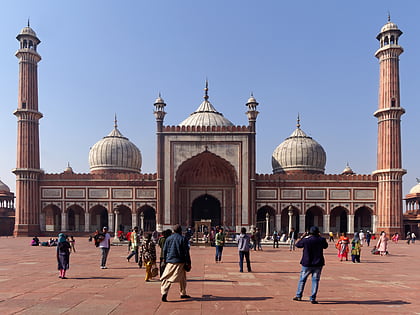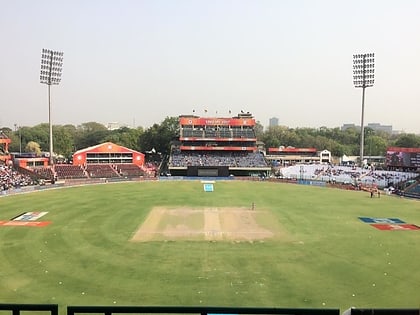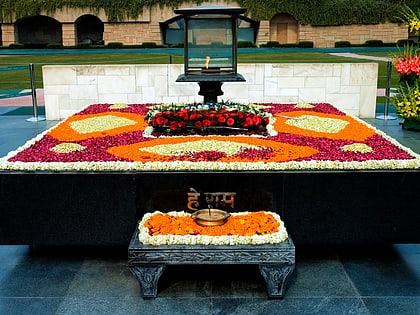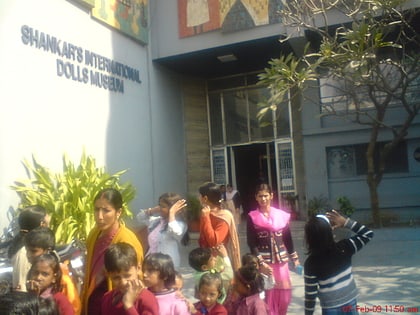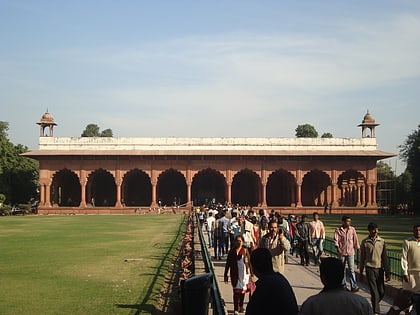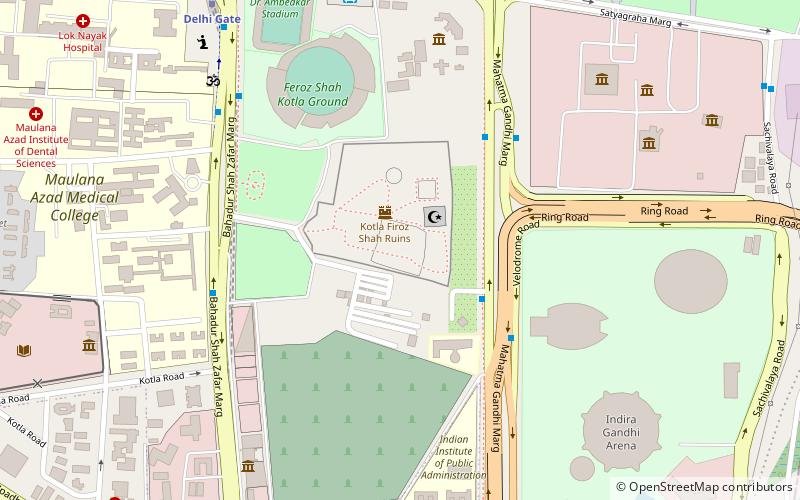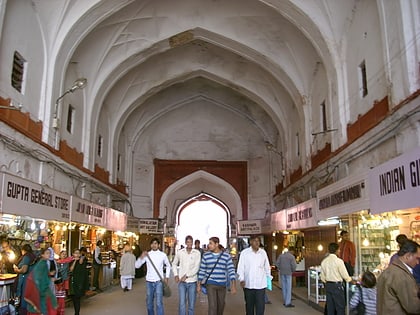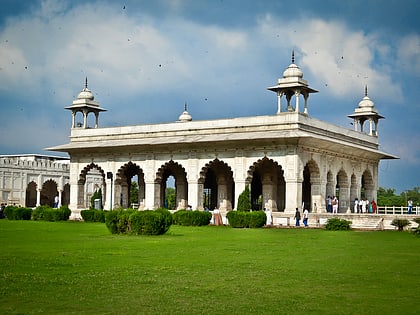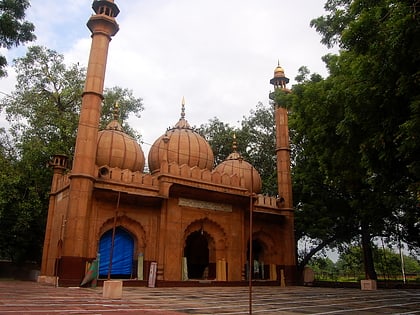Raj Ghat, Delhi

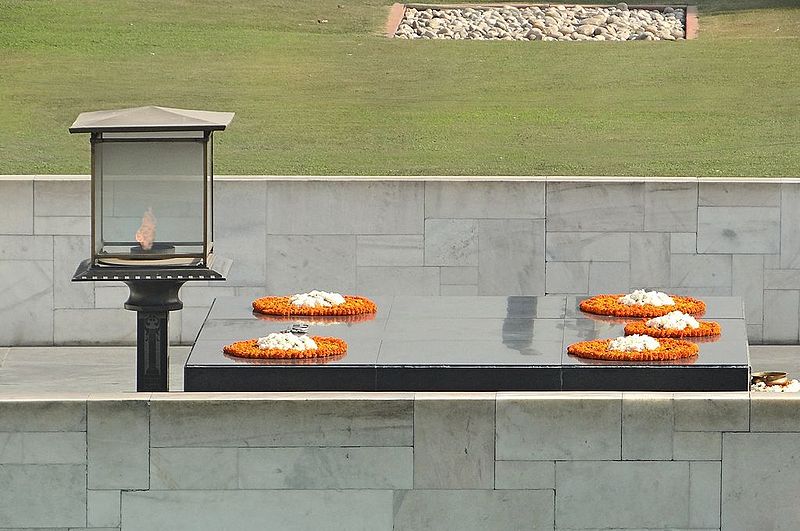
Facts and practical information
Raj Ghat is a memorial dedicated to Mahatma Gandhi in Delhi, India. Originally it was the name of a historic ghat of Old Delhi. Close to it, and east of Daryaganj was Raj Ghat Gate of the walled city, opening at Raj Ghat to the west bank of the Yamuna River. Later the memorial area was also called Raj Ghat. It is a black marble platform that marks the spot of Mahatma Gandhi's cremation, Antyeshti on 31 January 1948, a day after his assassination. It is left open to the sky while an eternal flame burns at one end. Located on Delhi's Ring Road, officially known as Mahatma Gandhi Road, a stone footpath flanked by lawns leads to the walled enclosure that houses the memorial. The materials used in the memorial, especially in the recesses, raise a few questions about the nature of Gandhian architecture in India. There is a difference between the architecture of Rajghat and a Gandhian low-cost housing architecture. Unlike the hard material faces of some portions of Rajghat, a Gandhian low-cost housing architecture has a decidedly perishable character. In this sense the event of the construction of the Rajghat Memorial belongs within a more hard-modernist Gandhian architectural history in India, distinctly removed from a Gandhian low-cost architectural history of perishable materials. ()
Central Delhi (Nizamuddin)Delhi
Raj Ghat – popular in the area (distance from the attraction)
Nearby attractions include: Jama Masjid, Red Fort, Arun Jaitley Stadium, Veer Bhumi.
Frequently Asked Questions (FAQ)
Which popular attractions are close to Raj Ghat?
How to get to Raj Ghat by public transport?
Bus
- Raj Ghat • Lines: (-) Tms, (+) Tms (5 min walk)
- Rajghat/Gandhi Darshan • Lines: 307 (5 min walk)
Metro
- Delhi Gate • Lines: Violet Line (14 min walk)
- Jama Masjid • Lines: Violet Line (25 min walk)
Train
- Tilak Bridge (29 min walk)

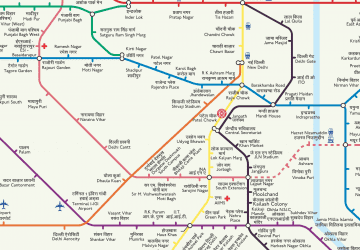 Metro
Metro